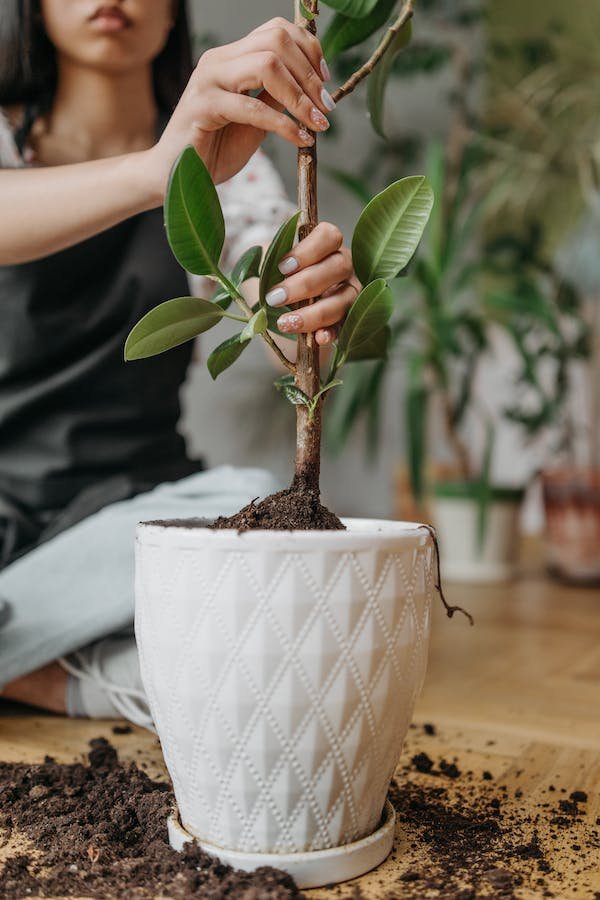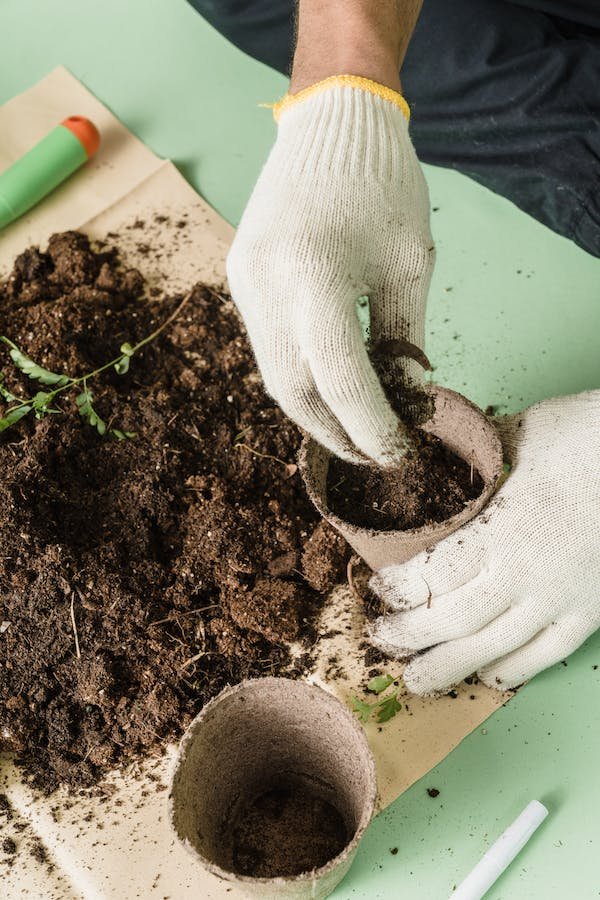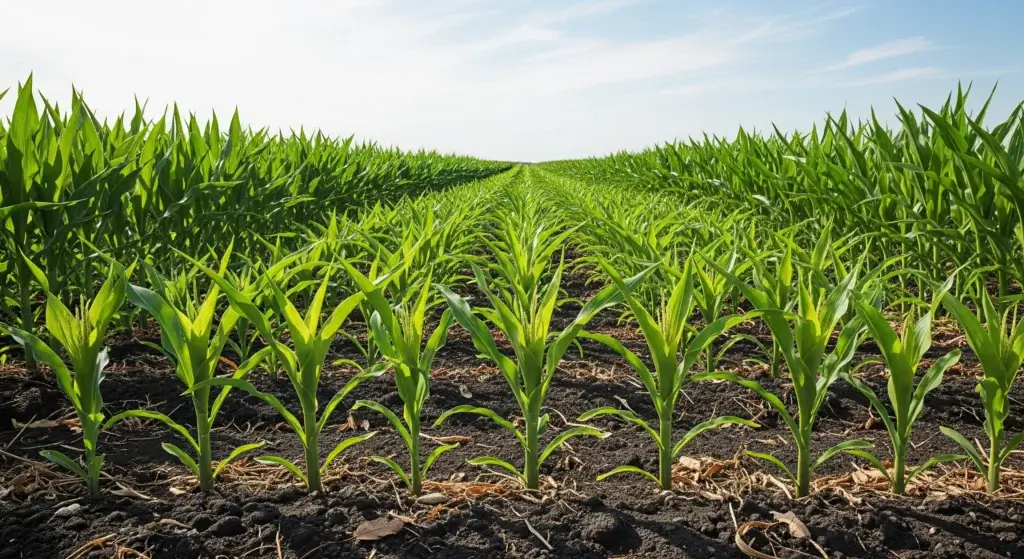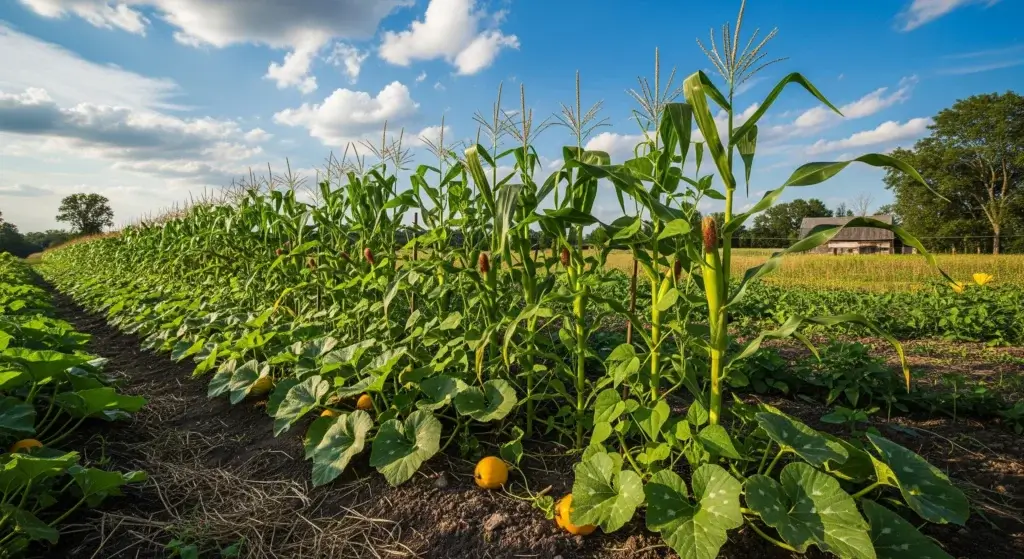
Unlock the secrets to cultivating a flourishing garden by harnessing the power of soil conditioning.
Delve into our comprehensive guide where we demystify the intricacies of soil improvement.
Explore a range of soil conditioners and gain insights into best practices, empowering you to elevate the health of your garden’s foundation.
Uncover the key to transforming your outdoor space into a vibrant oasis, starting from the ground up.
Understanding Soil Conditioner
In the realm of gardening, the soil conditioner emerges as a magical ally, weaving its enchantment beneath the surface to foster an environment where plants can truly thrive.
So, what exactly constitutes a soil conditioner?
In straightforward terms, it’s a substance strategically introduced to the soil to elevate its physical properties, structure, and fertility.
The outcome?
A triumvirate of benefits — enhanced water retention, improved aeration, and heightened nutrient availability.
Together, these elements form the cornerstone for cultivating a garden that not only survives but flourishes.
- Read also: How to Make Organic Fertilizers at Home
- Read also: A Deep Dive into Organic Fertilizers

Types of Soil Conditioners
There are several different types of soil conditioners available, each with its own unique properties and benefits.
Some of the most common types include:
Compost
Consider compost as nature’s generous gift to gardeners.
This decomposed organic material, infused with nutrients and beneficial microorganisms, performs gardening miracles.
Beyond its nutritional prowess, compost works wonders for enhancing soil structure, promoting aeration, and optimizing water retention.
It’s the quintessential boost your garden craves.
Peat moss
Partially decomposed organic material, peat moss proves its worth by being both absorbent and acidic.
A go-to choice for those aiming to enhance drainage and aeration in acidic soils, peat moss emerges as a reliable ally in the quest for soil improvement.
Vermiculite
Enter vermiculite, a lightweight and absorbent mineral that functions as a soil conditioner.
Its contribution lies in elevating soil structure and bolstering water retention.
The result?
An environment conducive to optimal plant growth and vitality.
Perlite
Derived from volcanic rock, perlite takes the stage as a lightweight and porous soil conditioner. Its primary mission is to enhance drainage and aeration, making it a sought-after companion in gardening ventures. Perlite’s porous nature contributes to a well-ventilated and healthy soil structure.
Manure
Manure, a natural fertilizer rich in nutrients, is a versatile soil conditioner.
Beyond its role in improving soil structure, it actively enhances drainage and fertility.
Embrace the holistic benefits of manure as you fortify your garden’s foundation with nature’s own nutrient-packed powerhouse.

What is the Best Way to Use Soil Conditioner?
Using soil conditioner is akin to giving your garden a nutrient-packed smoothie. Here’s the recipe for success:
Prepare the soil
Before introducing the soil conditioner, set the stage for a flourishing garden by preparing the soil.
Loosen the earth to create a receptive foundation, eliminating any weeds or debris.
This ensures a clean canvas, ready to embrace the forthcoming goodness that will nourish your plants.
Mix it in
Incorporate the chosen soil conditioner thoroughly and evenly throughout the designated planting area.
Whether it’s compost, peat moss, vermiculite, perlite, or manure, strive for a meticulous and uniform distribution.
This guarantees that every inch of your soil benefits from the enhancing properties of the conditioner.
Adjust pH if needed
Certain soil conditioners, like peat moss, possess the ability to influence soil pH.
If your soil requires adjustment, carefully consider this aspect or opt for pH-neutral conditioners.
Fine-tuning the pH ensures an environment that aligns with the specific needs of your chosen plants.
Top dressing
For existing plants, gently work the soil conditioner into the top layer of the soil.
This method provides a nutrient boost without disturbing the intricate web of roots.
Embrace the top dressing technique to infuse vitality into your garden without unsettling the established plants.
Mulch it up
After applying a soil conditioner, take the extra step of mulching.
A layer of mulch serves as a protective blanket, offering benefits such as moisture retention, temperature regulation, and weed prevention.
Elevate your gardening game by incorporating this additional layer to nurture a thriving and resilient garden.
When Should I Use Soil Conditioner?

Understanding when to deploy soil conditioners is pivotal for reaping the maximum benefits.
Consider incorporating soil conditioner into your gardening routine during the following strategic periods:
Spring and fall
Spring and fall stand out as opportune times for soil conditioning.
These periods, preceding or following active growing seasons, provide an ideal window to nurture your garden.
Spring primes the soil for the upcoming growth spurt, while fall allows for preparation and recovery after the summer’s endeavors.
Before planting
Grant your plants a flourishing start by conditioning the soil before planting.
This proactive approach ensures that the soil conditioner seamlessly integrates with the existing earth, creating a welcoming environment for the roots.
The pre-planting phase sets the tone for robust growth and vitality.
After harvest
After the bountiful harvest, rejuvenate the soil by replenishing its nutrients and enhancing its structure.
Post-harvest soil conditioning serves as a vital step in preparing the earth for the next planting season.
This cyclical approach ensures that your garden remains fertile ground, ready to yield another season of abundance.
- Read also: Inorganic vs Organic Fertilizers
- Read also: Different Types of Drip Irrigation Emitters
Conclusion
In the grand symphony of gardening, soil conditioner plays a crucial role in ensuring your plants hit the right notes.
Whether you opt for the nutrient-rich goodness of compost, the absorbent qualities of peat moss, or the lightweight charm of perlite, each soil conditioner brings its unique benefits to the table.
By understanding the types of conditioners and the best practices for their application, you’re poised to cultivate a garden that not only survives but thrives.
So, roll up your sleeves, get your hands dirty, and let the magic of soil conditioning transform your green haven into a flourishing paradise.



